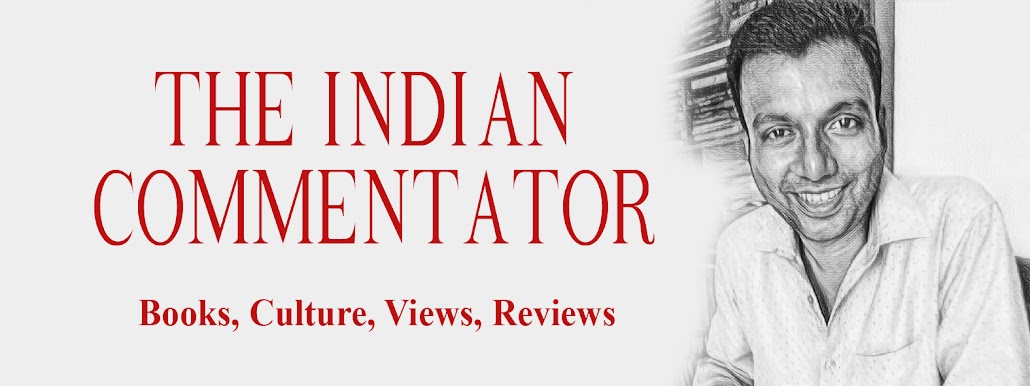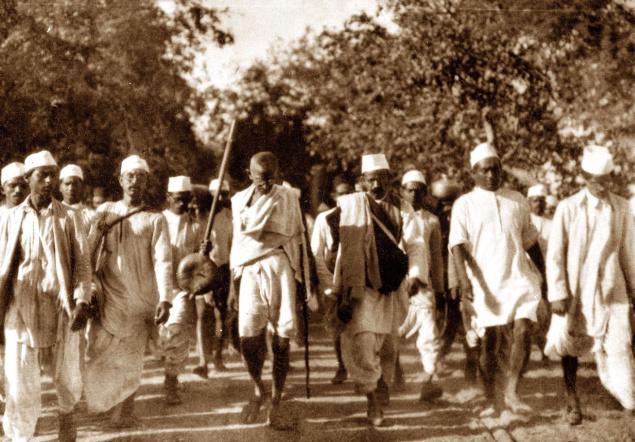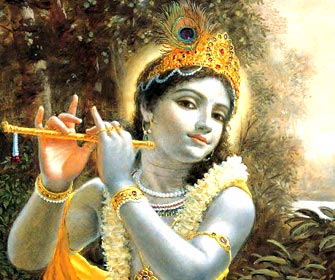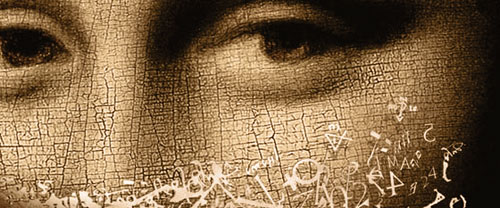 |
| Image Courtesy: Google |
Cannanore
will soon become a big city, but right now, it is a small town, where people
still prefer having their tea, coffee and meals from coffee houses that stinks
of urine, sweat and smoke. This is not the only reason for naming it small.
Every
city is like a human being. And like humans, cities have thoughts as well. Cannanore
town is small is its thoughts too. Thoughts of a city are its streets. The
streets in Cannanore city are quite narrow and thus I deduced my conclusion
that it is indeed a small in city, small in size and small in mind.
In this
small town, one evening, a coffee house was busy as a slaughter house. The
slaughter house imagery partially owes its credit to the way people’s faces
looked after their sojourn inside the houses for tea or meals and their puffed
up pot bellies and partly it owed to the vast number of people flowing in and
out.
A person
in a wrinkled grey shirt walked faster towards the entrance. He placed the bill
on the cashier’s table and paid the amount with changes. Without stopping
there, he paced forward.
And old
man suddenly came ahead from behind him and caught hold of his right hand. The
man in grey shirt startled and looked back. Once he saw the old man, he dragged
him forward and moved out of the coffee house to the footpath that bordered the
main road and the coffee house.
“Leave
me!” The man in grey shirt said. His voice was hoarse and eyes were staring at
the old man.
“I know
what you did there in the crowd. I saw you stealing that woman’s gold chain.
Give it to me, or I will call the police,” Said the old man.
“No, YOU might
have done it. I didn’t. I am not a thief,” the man said. It was not a shout,
but his voice was thick enough to convey the message that he was not an easy
pass for anyone that came across.
The old
man stared at the grey shirt man. His eyes were not particularly powerful in
their physical appearance, but they were fearless.
“Didn’t
you hear me? YOU might have done it! YOU…YOU… I didn’t. Now leave my hand.”
 |
| Image Courtesy: Google |
Still,
stare in return.
“Leave…leave
me,” and the grey shirt man started puling, and wriggling his hand free. But
right then, the old man shouted again, his right hand, tight as glued to the
hand of the grey shirt man, “I WILL CALL THE POLICE!”
Silence.
The man in
grey shirt stopped trying to wriggle away. It seemed impossible. The grip got
harder and harder and more than the grip it was the old man’s staring eyes that
did some harm; they were penetrating. Also the man in grey shirt had seen the
people around them started noticing their struggle. Although at first it might
have seemed a friendly meeting, not it was taking a violent turn.
“OK...OK…If
I give it to you, will you leave me then? Old man?”
Even
though the thief had addressed him, old man, he did not look above 60. His hair
was full white, though. And that gave an impression that the epithet of the
thief sounded apt.
“I was a
teacher, now retired. It had been my job all my life to tell my students to
take the path of truth and love. I won’t hand you over to the police, because I
know they don’t know how to treat people like you. But I won’t leave you
either. I would want a talk with you, alone. Agreed?”
“Double
OK!” the thief said without a moment’s hesitation and gave the old teacher a
chain of gold.
“Why do
you put it in your pocket? Go and give it to that woman!” said the thief seeing
the old man’s left hand going inside his pocket.
“That
woman is my wife. She went to the nearest vegetable shop to purchase some goods,
after the tea we had. She doesn’t even know that her chain is stolen. It was I
who found it. Otherwise, you would have escaped with it,” the old teacher said.
“Ok. Then
talk,” the thief said restless.
“What is
your name? And why do you steal?”
“To feed
my wife, who is very young and has not learnt any art to survive, yet. And oh,
my name is Habeeb,” the man in grey shirt said.
“Why
don’t you do any other work?”
“They ask
for religion, cast and contacts and sometimes experience.”
“Don’t
you have any of them?”
“Yes, I
do have, but what I have, is not preferable in terms of acceptance.”
“What…what
did you say?” the old teacher sneered at him. The words the thief said did not
fit well coming from his mouth. They were words of the learnt… what I have, is not preferable in terms of
acceptance.
“You
trying to infuriate with those high
words?” the old teacher was angry, this time.
“No, I
did not! I am sorry, if it felt that way.” the thief said, that too sounded
incongruous. He seemed a man of rough features and lack of any learning, but
those words and now this sorry, all
seemed out of the world with him.
“You
don’t expect me to talk like this? I know. But do you realize now, what those
people out there selling jobs might have barked at me with when they listened
to what I had to say?” the thief said with a smile.
“Why
don’t you find a better job and stop stealing other’s property?” sneering at
the thief, the old man asked.
“What job
do you mean?”
“Sell
something, or try to get a government job. As a person with such wisdom, you
sure will get one.”
“You see that orange seller there?”
“Ya”
“Can you
tell me what profit means, for him?”
“The
money he earns after selling his goods.”
“How does
he earn it?”
“By
selling oranges in prices that are higher than what he had bought them for.”
“What do
the clerks in the government offices do in Cannanore right now, when it is just
half past four in the evening and a lot of works can be done? Night is still
hours away.”
Silence.
“I know
what makes you quiet, teacher,” the thief said. “Most people in government
offices know nothing about the needs of the needy or what it means to be really
hungry.”
“So?” the
teacher asked; now calm.
“The
orange seller tells everyone that his oranges are Rs: 40 a kilo when he had
actually bought it for twenty. Do you know what that means?”
The old
man tried to think it through. He felt his head reeling. There was a major
crisis in front of him. At this moment, everything he had taught his students
all his life supporting civilized life, against stealing or any other injustice,
turned into a chaos. He covered his face with both his hands and wiped his face
hard. Perhaps that had felt good. Opening his eyes, he said, “You are…” but
before completing his words he realized that Habeeb, the thief in grey shirt,
had vanished.




















.jpg)













